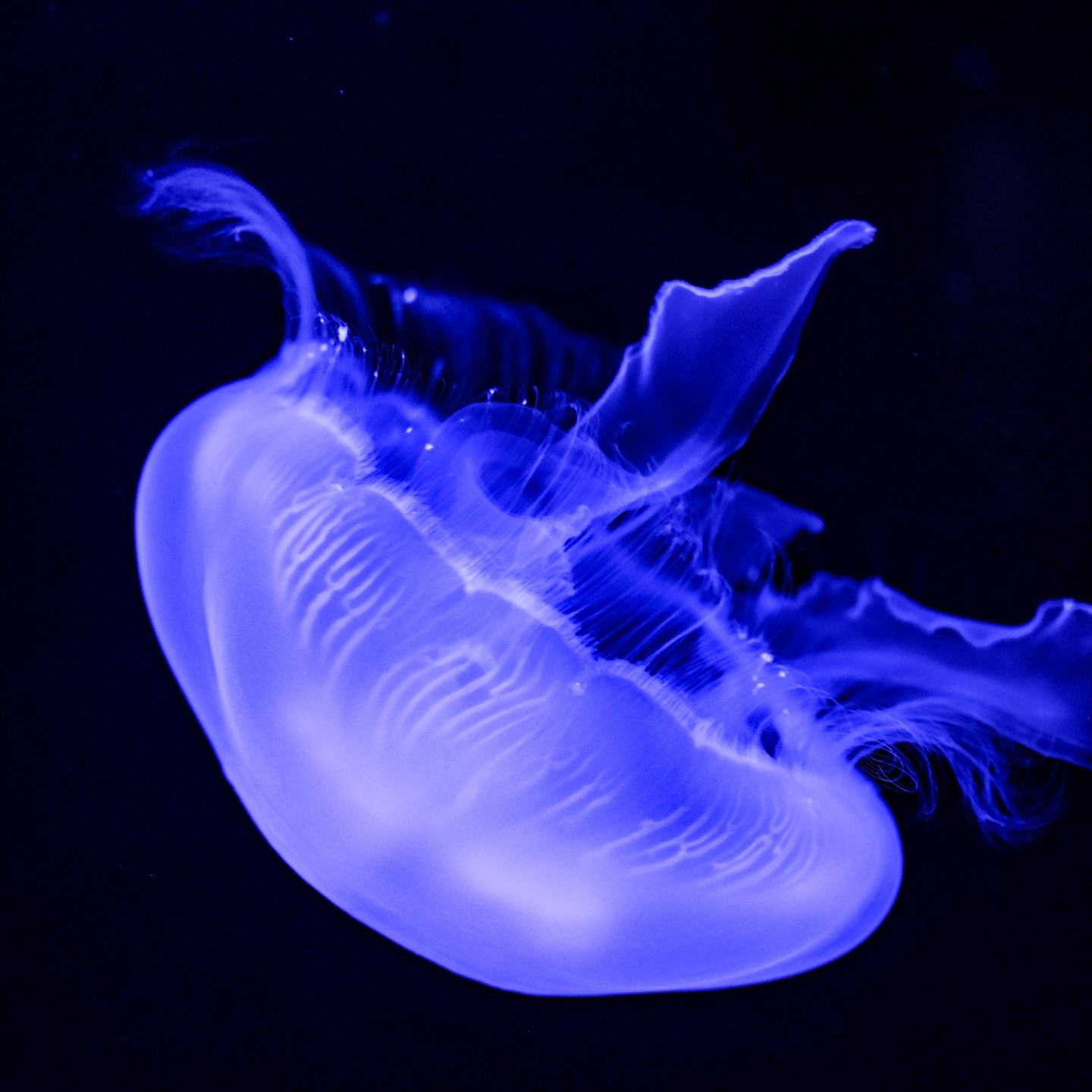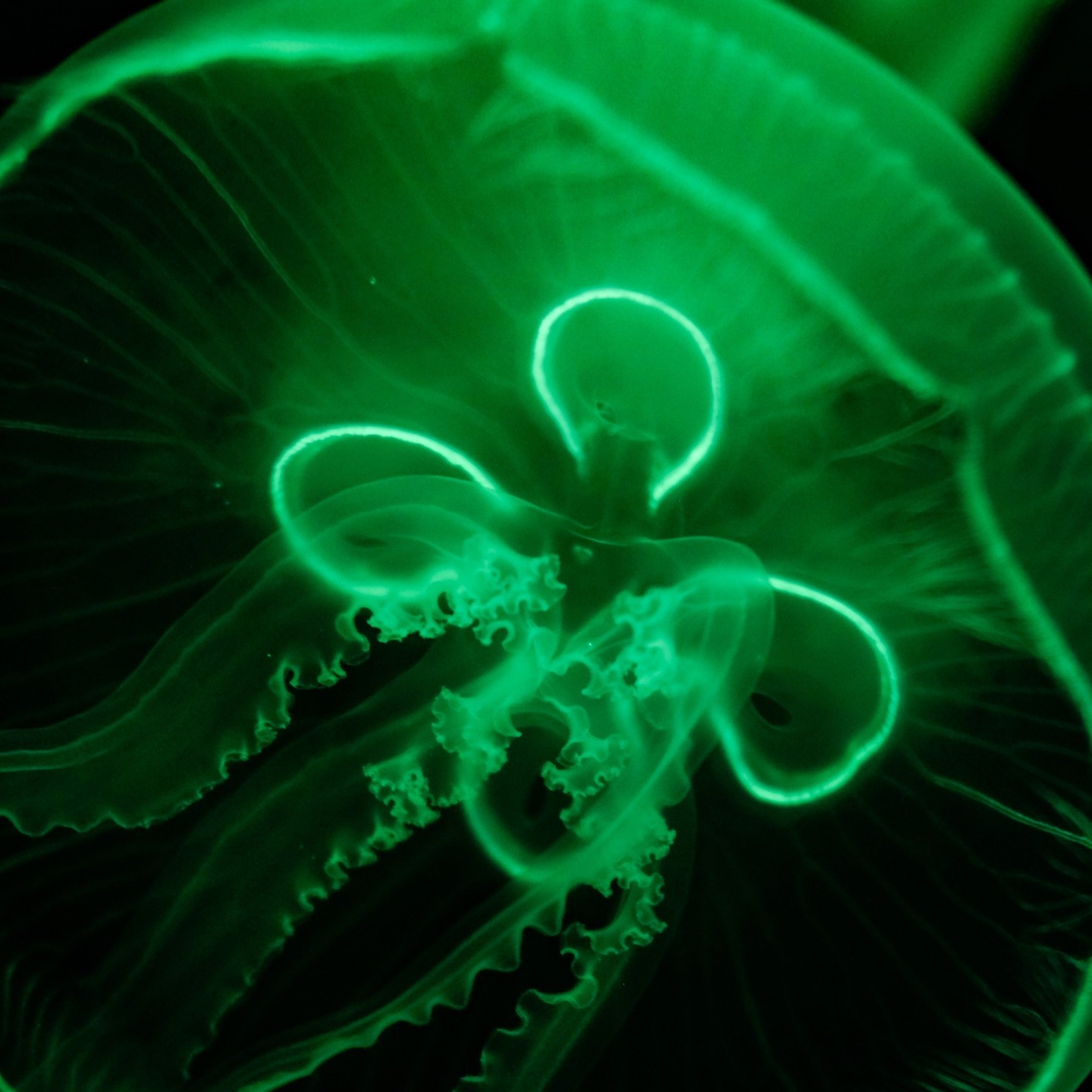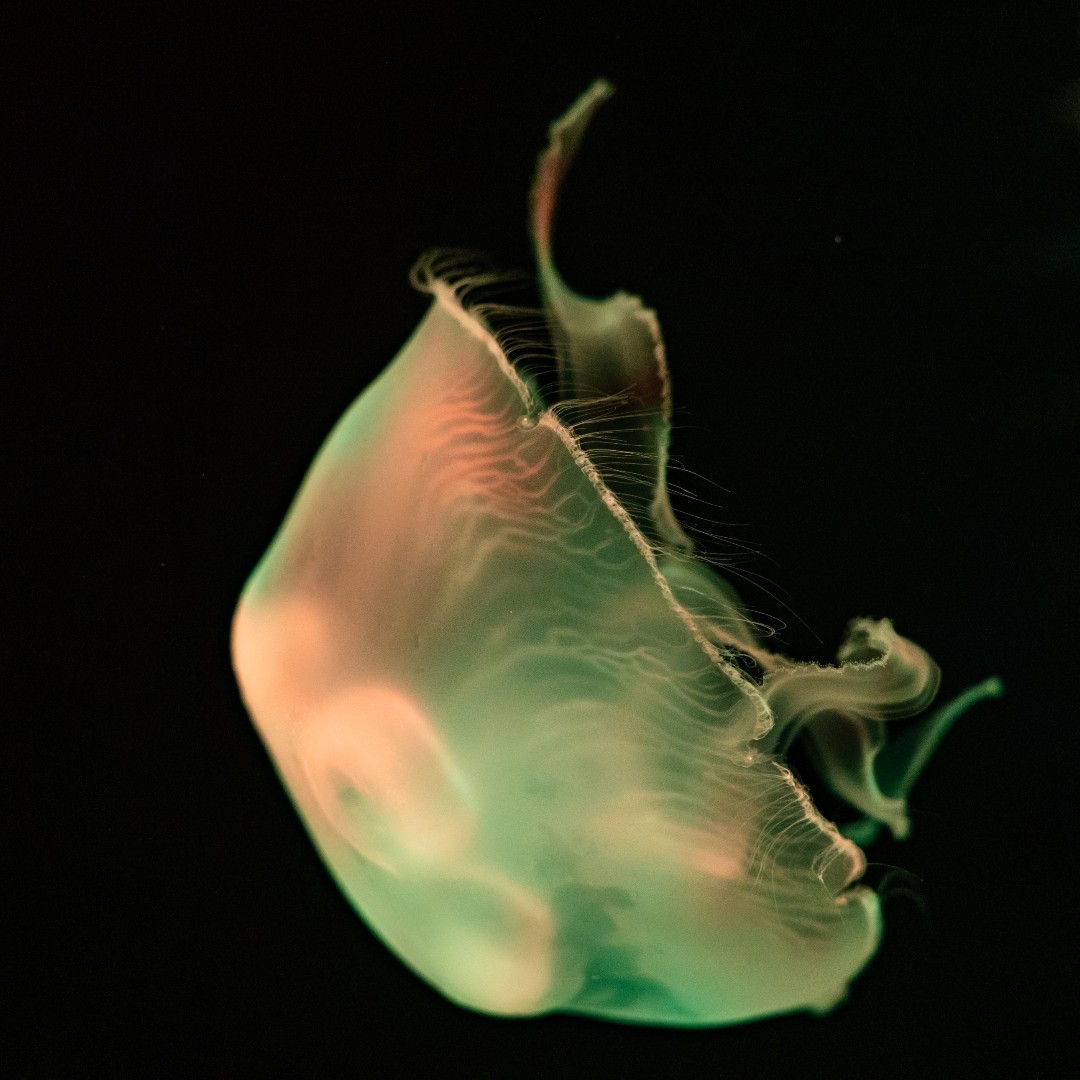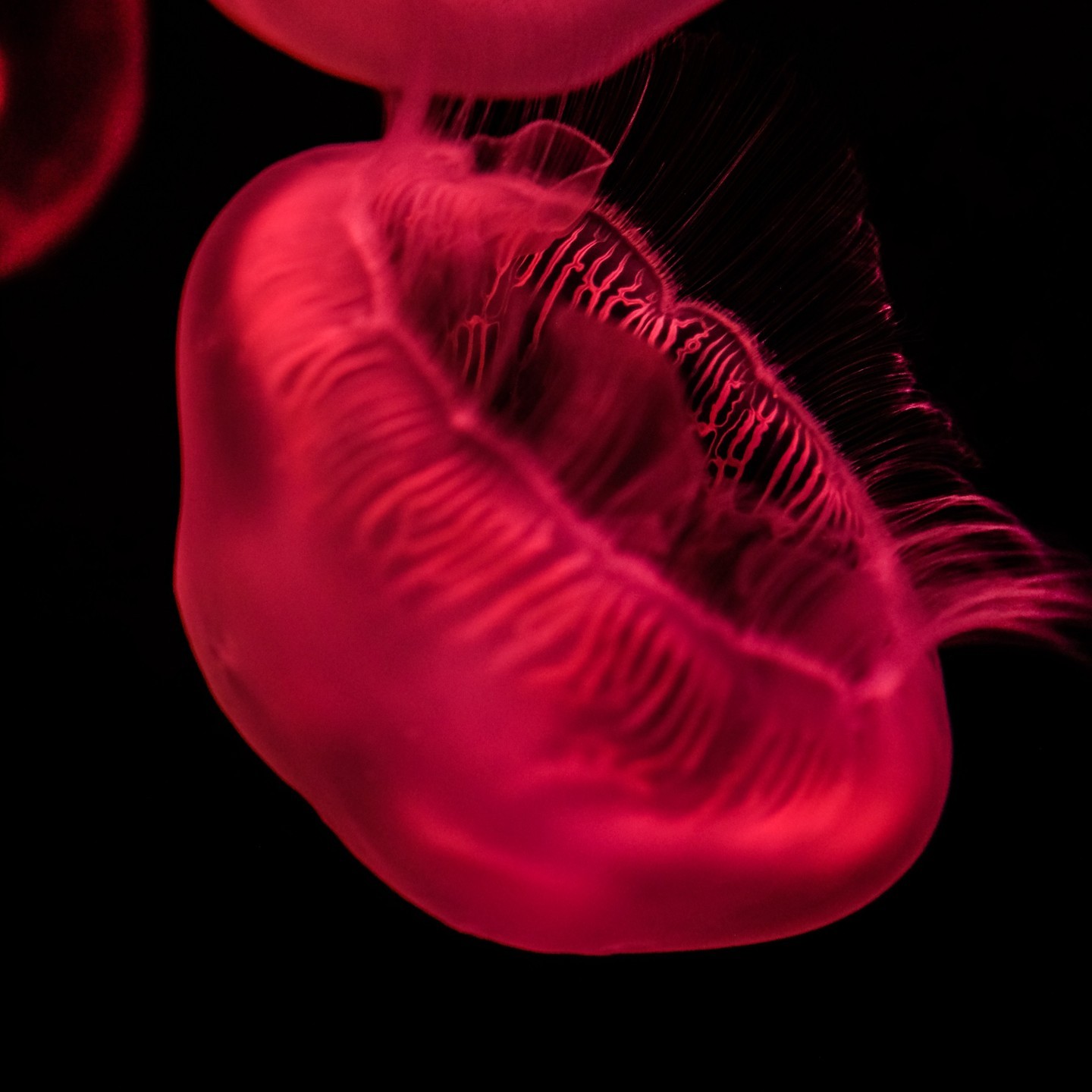Moon jellies, also known as aurelia aurita, are one of the most beautiful and fascinating jellyfish species in the world. They have translucent bodies with four circular rings marked by veins that spread like spokes on a wheel. These jellyfish can grow up to 16 inches across and live for between two to six months.
Moon jellies feed on plankton and larvae and use their tentacles to capture prey in the water column. They are often found in large groups near coastal areas but can sometimes be seen far out at sea during their migration season.
One of the most interesting facts about moon jellies is that they don’t have brains! Instead, they possess an arrangement of sensory cells called an “eyespot” which helps them detect light and food sources. Another unique feature is that they have no heart or blood vessels – instead, their bell pulses to circulate nutrients throughout their body.
Moon jellies are important members of oceanic food webs and play a vital role in controlling the populations of other species by providing food for fish, turtles, and other predators. While they may look fragile, these jellyfish are actually quite resilient and will continue to survive even if they get stranded on shore due to strong currents or stormy weather conditions.







